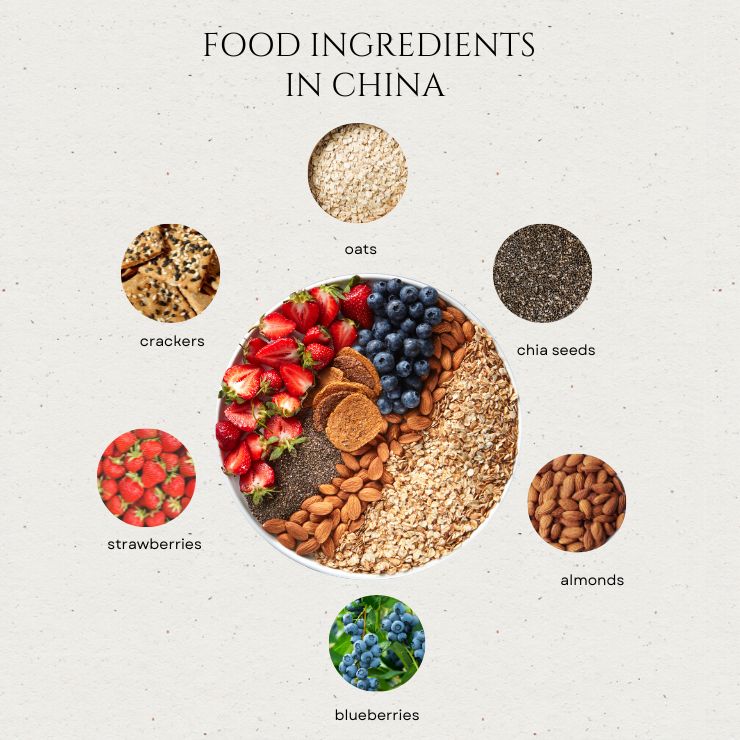In recent years, the food industry in China has witnessed a remarkable shift towards a more health-conscious approach. With a growing awareness of the profound connection between diet and well-being, consumers are increasingly seeking food products that not only satisfy their taste buds but also offer nutritional benefits. This movement has paved the way for the convergence of “Food Ingredients” and “Health Ingredients” in China, where the synergy between these elements is shaping the culinary landscape and influencing public health outcomes.
The Rise of Health-Conscious Consumerism:
As China’s middle class continues to expand, there’s a noticeable transformation in consumer preferences. Today’s discerning buyers are more inclined to invest in products that contribute positively to their overall health. This shift has prompted food manufacturers to reevaluate their ingredient lists, leading to an influx of innovative products that cater to these evolving demands.
The Role of Food Ingredients:
Food ingredients are the building blocks of culinary creations. From traditional Chinese dishes to modern fusion cuisine, the quality and variety of ingredients used can significantly impact the final product’s nutritional value. In China, a nation known for its diverse culinary heritage, food ingredients are experiencing a renaissance of sorts. Ancient grains, locally sourced produce, and minimally processed elements are finding their way back into kitchens, promising not only delectable flavors but also enhanced health benefits.
Exploring Health Ingredients:
Health ingredients, on the other hand, are components deliberately incorporated into food products to provide specific health benefits. These ingredients often include vitamins, minerals, antioxidants, and functional compounds that target various bodily systems. With the increasing demand for healthier options, food manufacturers in China are collaborating with nutritionists and researchers to identify and incorporate health ingredients into their offerings. This approach ensures that consumers can enjoy their favorite foods without compromising on their health goals.
The Synergy Unveiled:
True magic happens when food ingredients and health ingredients converge. Imagine a bowl of nourishing Chinese herbal soup filled with nutrient-rich vegetables, lean proteins, and a careful selection of herbs known for their therapeutic properties. Or picture a modern twist on a classic dish, where traditional flavors are preserved while being enhanced with functional ingredients like probiotics, Omega-3 fatty acids, and adaptogens. This synergy not only elevates the taste experience but also amplifies the health benefits, making every meal a step towards better well-being.
Addressing Nutritional Gaps:
One of the significant challenges in modern diets is addressing nutritional gaps. Processed foods often lack essential nutrients, leading to imbalances and health issues. The trend of combining food and health ingredients tackles this challenge head-on. By thoughtfully selecting ingredients that address specific nutrient deficiencies, food producers can contribute to better public health outcomes while delighting consumers with flavorful and wholesome options.
Conclusion:
The marriage of food ingredients and health ingredients in China is a remarkable evolution that underscores the power of gastronomy to shape our lives beyond mere sustenance. As culinary traditions intertwine with scientific advancements, consumers are presented with a palette of choices that promote both pleasure and well-being. Whether it’s a stir-fry infused with superfoods or a dessert enriched with natural antioxidants, the synergy between food ingredients and health ingredients is a journey towards a healthier, tastier future.







